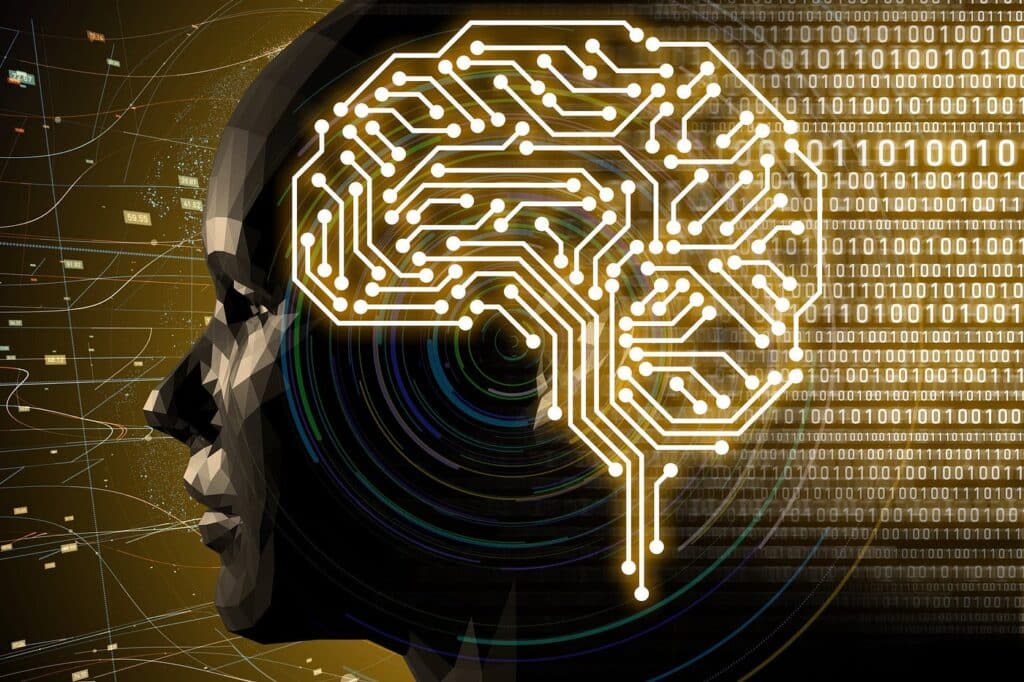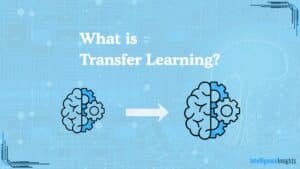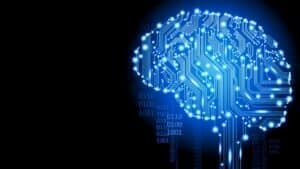As we move rapidly towards 2026, the deep learning environment is more diverse than it has ever been. More and more platforms, like Coursera and upGrad, are offering comprehensive deep learning courses that people are pursuing to get into this vibrant domain. As we get to see innovations in areas like AI, deep learning is also having its own advancements.
A new generation of software libraries is making designing, training, and enrolling powerful neural networks simpler. If you are targeting cloud infrastructure, research-level experimentation, or an edge device, these platforms offer advanced support.
Deep learning is creating a huge buzz in the data science domain and many other important industries. It is the support system behind technological marvels, like self-driving cars, AI-established voiceovers, and many more. These deep learning applications are undeniably making technology more integrated into daily lives and enabling a more advanced work-life balance. As 2025 comes to a close, the market of deep learning is estimated to reach approximately $34.29 billion, with a CAGR of 38.8%.
In this blog, we will learn about what a deep learning framework is, the top 5 frameworks for deep learning, their features, and what they are well-suited for. Let’s not waste any more time on the introduction and dive right in.
What is a Deep Learning Framework?
Essentially, it is a software library or a tool that consists of a set of APIs (Application Programming Interfaces), tools, and abstractions that offer building blocks to design, train, and verify deep neural networks. A deep learning framework simplifies complicated mathematical operations, GPU acceleration, and model architecture setup. Thus, assisting developers in developing and training deep learning models.
Popular deep learning frameworks, like TensorFlow and PyTorch, offer a host of benefits. This includes time-saving, decreased errors in coding, pre-built models for popular functions, quicker experimentation, and faster deployment.
These frameworks streamline the process of developing and deploying neural networks, sparing time for developers and engineers to focus on more complex tasks, like machine learning.
Top 5 Frameworks for Deep Learning You Must Know About in 2025
I have listed the five best deep learning frameworks of 2025 that help to advance your projects and increase results. Each one of them is built differently and for varied purposes. Take a look at the list below, and after careful consideration, find the one that best suits your business’s needs.
1. PyTorch
PyTorch is a scientific computing framework that gives machine learning algorithms comprehensive support. It is used by tech giants Facebook, Google, etc., and utilizes CUDA with C++ for processing. This Lua-based deep learning framework was designed to offer overall flexibility and scale the development of building models. On the other hand, PyTorch uses Python to function. That is, anyone with knowledge of Python can use this framework to build deep learning models.
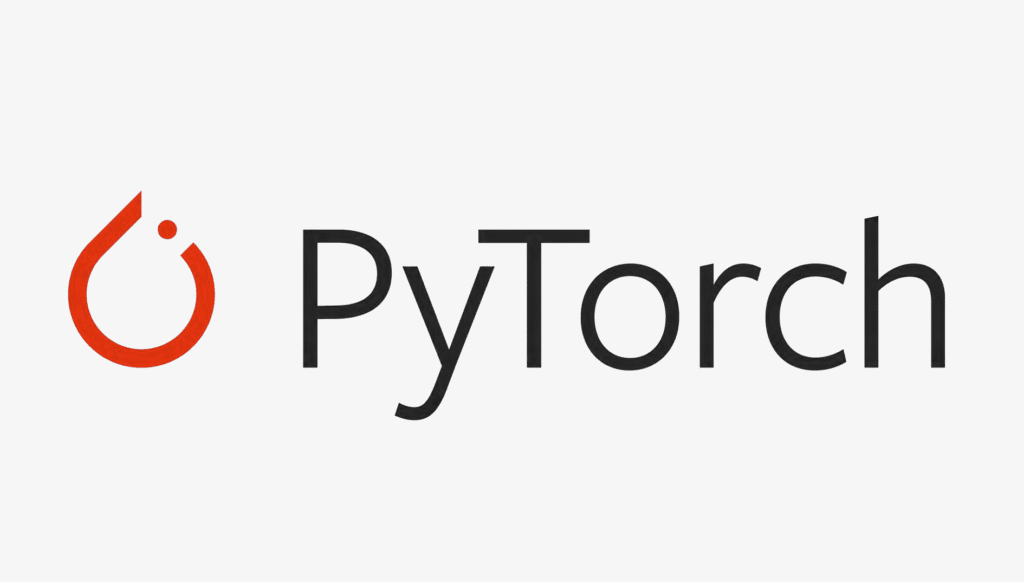
Today, Python is used widely by the deep learning framework community. When compared to Torch, PyTorch’s deep model process is way more transparent and effortless to use.
Features to Look Out for in PyTorch:
- It is great for fast prototyping
- Powerful support for GPUs
- Offers a user-friendly interface and is simple to use
- Data can be exchanged with external libraries
What PyTorch is Best Suited For?
- Dynamic computational graphs
- Enhanced training on GPUs for powerful performance
- Research-based deep learning model development
- Comprehensive community support for academic research
- Simple integration with the Python scientific stack
Real-Time Applications of PyTorch:
- In weather forecasting
- In text auto detection
- In detecting abnormal behaviour and fraudulent activities
2. TensorFlow
TensorFlow is designed by the Google Brain Team and is one of the most widely used deep learning frameworks. It supports Python, C++, and R languages to generate deep learning models and wrapper libraries.
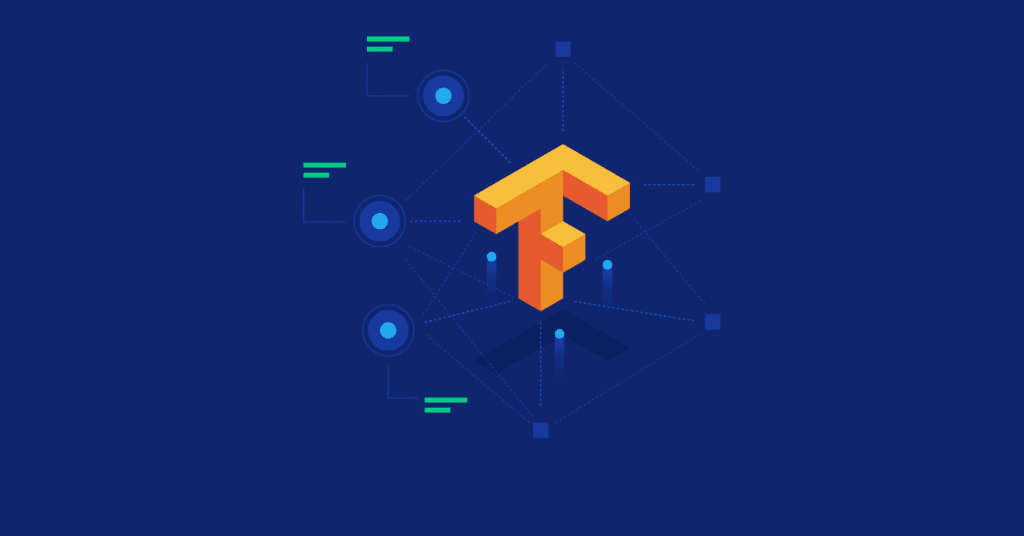
TensorFlow offers a visualization toolkit called TensorBoard that provides data visualization of network modeling and performance. Another toolkit is TensorFlow Serving, which is used to quickly establish new experiments or algorithms while keeping the same APIs and server architecture.
Features to Look Out for in TensorFlow:
- Comprehensive multiple GPU support
- Great community support and documentation
- TensorBoard can be used for graph visualization and queues
- Python-based framework that is supported by Google
What TensorFlow is Best Suited For?
- Extensive ML model development
- NLP and speech recognition
- Computer vision applications
- Custom neural network architecture experimentation
Real-Time Applications of TensorFlow:
- Image-recognition-based system
- Detecting videos
- Text-based application for detecting language and sentimental analysis
3. JAX
Developed recently by Google, JAX is a popular deep learning framework among ML practitioners and data scientists. It combines the best features of NumPy and TensorFlow, making it a quick, scalable, and user-friendly framework for machine learning.
JAX or ‘Just Another XLA’ was designed to utilize the power of GPUs and TPUs (hardware accelerators) to quicken computations in deep learning models.
Features to Look Out for in JAX:
- Automatically differentiates functions written in Python using reverse-mode differentiation.
- Compatible with NumPy, and can be easily integrated with existing Python codebases.
- It offers a functional programming style that stimulates immutable data structures and pure functions.
What JAX is Best Suited For?
- Automatic differentiation
- Research on machine learning
- Accelerator-oriented array computation
- Composable program transformations
Real-Time Applications of JAX:
- Edge computing integration
- To handle real-time prediction requests within microservices
- Establishing low-latency inference
- Engineering and scientific simulations
- Browser-based model inference
4. MindSpore
MindSpore is designed by Huawei as an open-source deep learning framework. It is developed for training and inference, written using the C++ language. It can be implemented across mobile, cloud, and edge applications. MinndSpore can be used to accelerate artificial intelligence research and prototype development. It is a robust developer platform that can be used to develop, scale, and establish AI models.
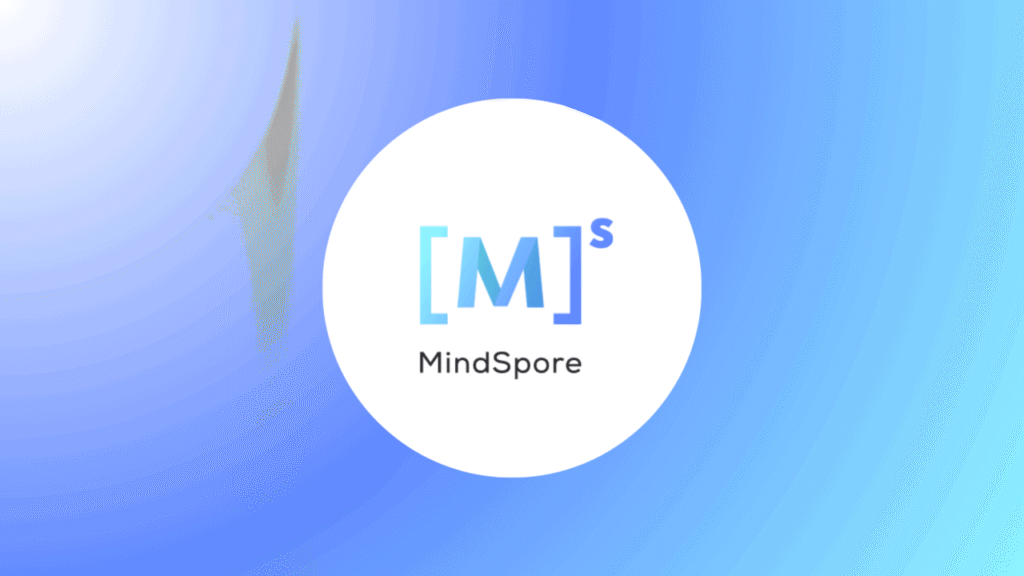
It is used widely in research and prototyping projects across Audio tasks, natural language processing, and ML Vision. Utilizing MindSpore, developers can create once and deploy anywhere.
Features to Look Out for in MindSpore:
- Python-based frontend
- Efficient API design
- Complete toolkits to process data, distribute training, visualization, model zoo, etc.
- Auto differentiation
What MindSpore is Best Suited For?
- Used for HPC clusters and ultra-large-scale AI
- Training huge foundation models
- Accelerate scientific computing use cases
- Can be seamlessly deployed and optimized across hardware platforms
Real-Time Applications of MindSpore:
- Image, video, and audio recognition
- Real-time data processing
- Edge intelligence
- Live simulations in industrial and aerospace engineering
- Dynamic model serving
5. Flax
Superimposed on JAX, Flax is an efficient neural network library. It assists developers and researchers in building innovative machine learning models with flexibility. Flax uses JAX’s automatic differentiation and Just-In-Time (JIT) compilation to provide a robust framework for both production and research domains.
It leverages JAX’s high-performance capabilities, like support for hardware accelerators, GPUs and TPUs. Its module system encourages reusable components construction, which makes constructing complicated architectures from simple building blocks efficient and easy.
Features to Look Out for in Flax:
- It efficiently handles model parameters utilizing immutable data structures, encouraging functional purity.
- It offers comprehensive tools to save and load model parameters, enabling model deployment and persistence.
- Flax is compatible with Optax, JAX’s gradient processing and optimization library.
- It can create custom modules and can integrate them with JAX-based libraries.
What Flax is Best Suited For?
- Neural network model development
- Large-scale training
- Experimentation and research
- Offers control over the training process
Real-Time Applications of Flax:
- Computer vision tasks like object detection
- Prototyping new model architectures
- For learning the latest neural network concepts
- Reinforcement learning experiments
- NLP, like language translation and modeling
With the advent of deep learning frameworks, practical use cases of machine learning and AI are becoming more widespread. Deep learning is efficiently used to break down complex tasks into simple ways to assist machines.
Understanding the fundamentals of deep learning frameworks will help you select the right one for your project. Each of the above-listed frameworks comes with its own set of features and applications. You can either use one or switch between frameworks, whatever works best for you.
That said, have you worked with any of the deep learning frameworks that we have discussed in this blog? If yes, let us know about your experience and how you used it to achieve the best results.


